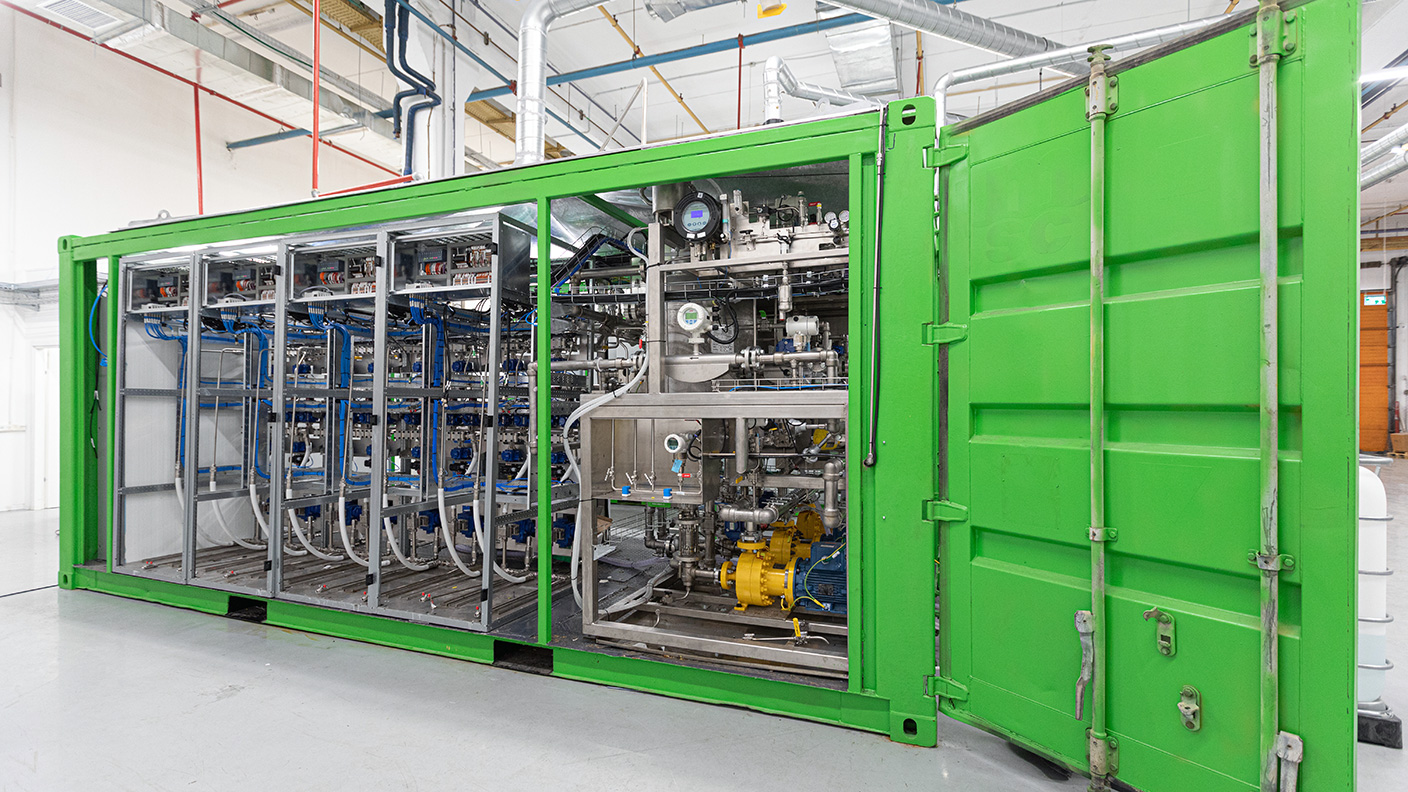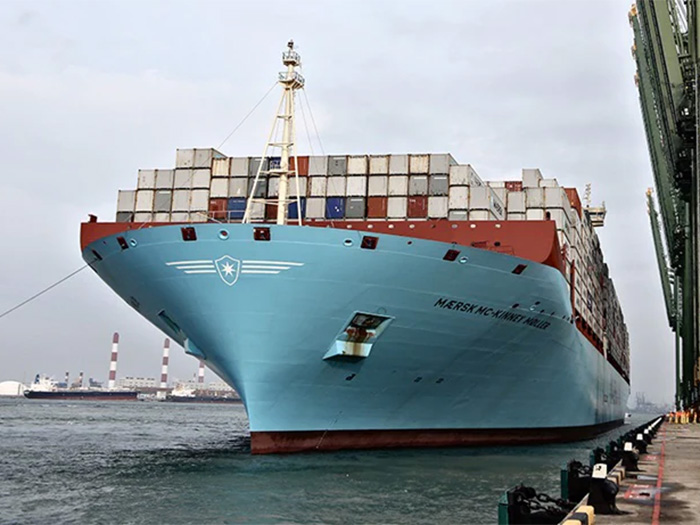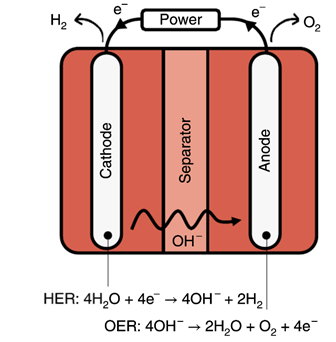
Supported by Sumitomo Corporation, H2Pro plans to run a demonstration experiment of 200kg per day production of renewable hydrogen using their E-TAC system. H2Pro seeks to scale up to 10 tonnes per day production capacity by 2024, with the ultimate aim to commercialise by the end of this decade.



